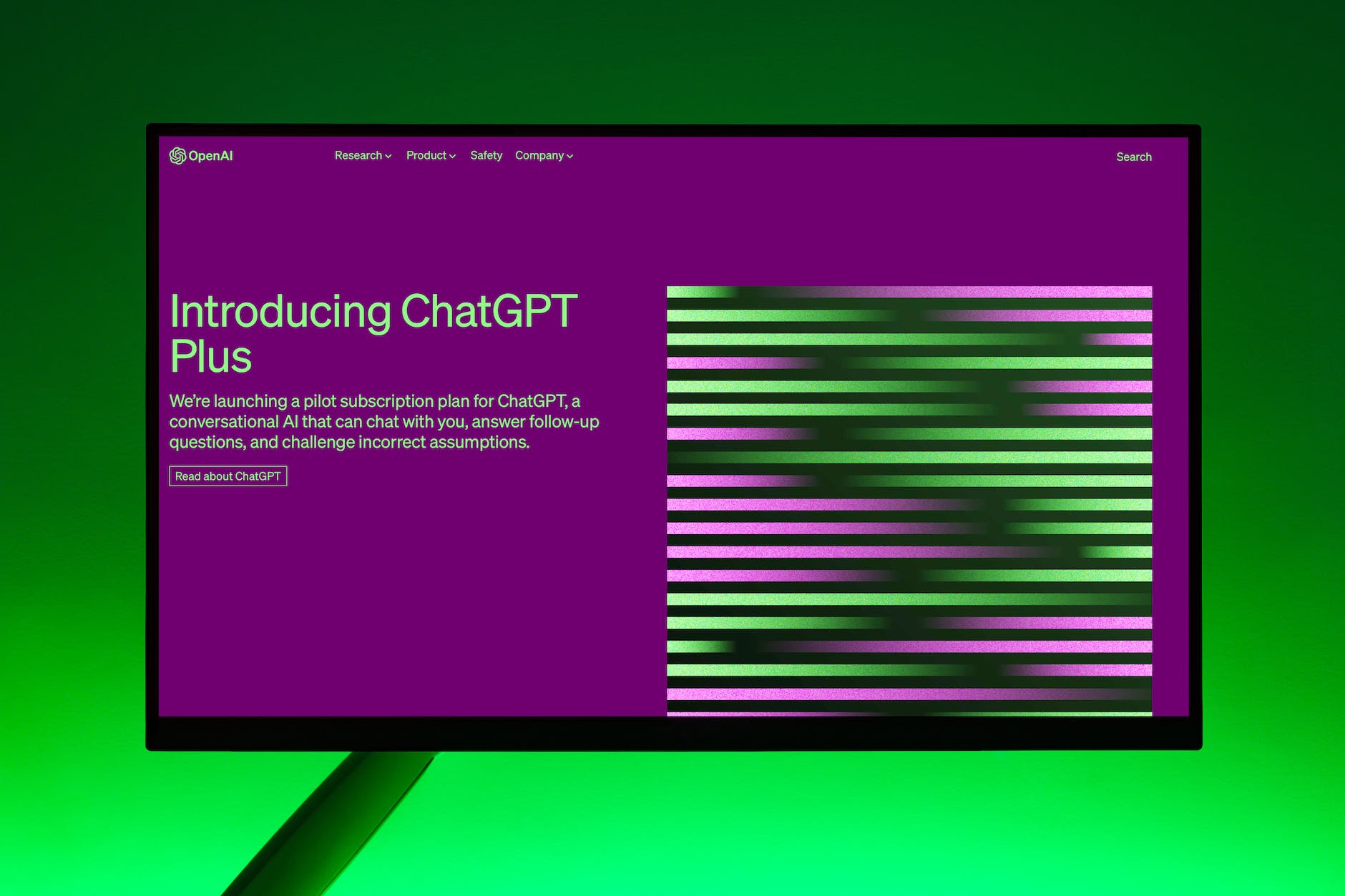In recent years, artificial intelligence and natural language processing have witnessed remarkable advancements, enabling the development of chatbots that can engage in human-like conversations. Among these breakthroughs is ChatGPT, an advanced chatbot based on the GPT-3.5 architecture created by OpenAI. In this blog post, we will explore the evolution of the GPT models and delve into the significance of ChatGPT in conversational AI.
The Evolution of GPT Models:
The GPT (Generative Pre-trained Transformer) models originated with the release of GPT-1 by OpenAI in 2018. These models are built upon transformer architectures, which enable them to understand and generate coherent and contextually relevant text. GPT models utilize unsupervised learning and pre-training on vast data to develop a deep understanding of language patterns and structures.
With subsequent iterations, including GPT-2 and GPT-3, OpenAI refined the model’s architecture and expanded its capabilities. GPT-3, released in 2020, demonstrated unprecedented language generation capabilities and garnered significant attention for its ability to produce human-like text across various domains.
Introducing ChatGPT:
Building upon the success of the GPT models, OpenAI developed ChatGPT—a chatbot implementation of the GPT-3.5 architecture. ChatGPT is specifically designed to engage in natural language conversations with users, making it an invaluable tool for numerous applications and industries.
Using machine learning algorithms and a massive pre-trained language model, ChatGPT can comprehend and generate responses to user input. It leverages context and linguistic patterns to formulate coherent and contextually appropriate replies, creating an immersive conversational experience.
Advancements in Natural Language Processing:
ChatGPT exemplifies the recent advancements in natural language processing and machine learning, which have significantly enhanced the capabilities of chatbots. While chatbots have been around for decades, the integration of advanced algorithms and access to vast amounts of training data have elevated their understanding and response generation abilities to new heights.
The development of ChatGPT is part of a broader effort to create more sophisticated and human-like chatbots. Its potential applications range from customer service and virtual assistants to mental health counseling and language learning support. ChatGPT’s versatility and adaptability make it an invaluable asset for automating everyday tasks and improving user experiences.
The Future of Conversational AI:
As technology continues to evolve, the future of conversational AI looks promising. Further advancements in natural language processing, reinforcement learning, and contextual understanding will contribute to even more advanced chatbot capabilities. Improved chatbot interactions will foster increased efficiency, personalized experiences, and enhanced customer satisfaction across various domains.
However, ethical considerations regarding the responsible deployment of chatbots and ensuring transparency in their AI-driven decision-making remain essential. Ongoing research and development efforts, combined with ethical frameworks, will help guide the reliable integration of conversational AI into our daily lives.
Conclusion:
ChatGPT, based on the GPT-3.5 architecture, represents a significant milestone in the development of conversational AI. Its ability to engage in natural language conversations and generate contextually relevant responses showcases the advancements in artificial intelligence and natural language processing.
As technology progresses, chatbots like ChatGPT have the potential to transform various industries by improving customer interactions, providing support services, and delivering personalized experiences. The future of conversational AI is bright, and with responsible development and deployment, chatbots will continue to play an integral role in enhancing human-machine interactions and shaping the way we communicate in the digital age.
